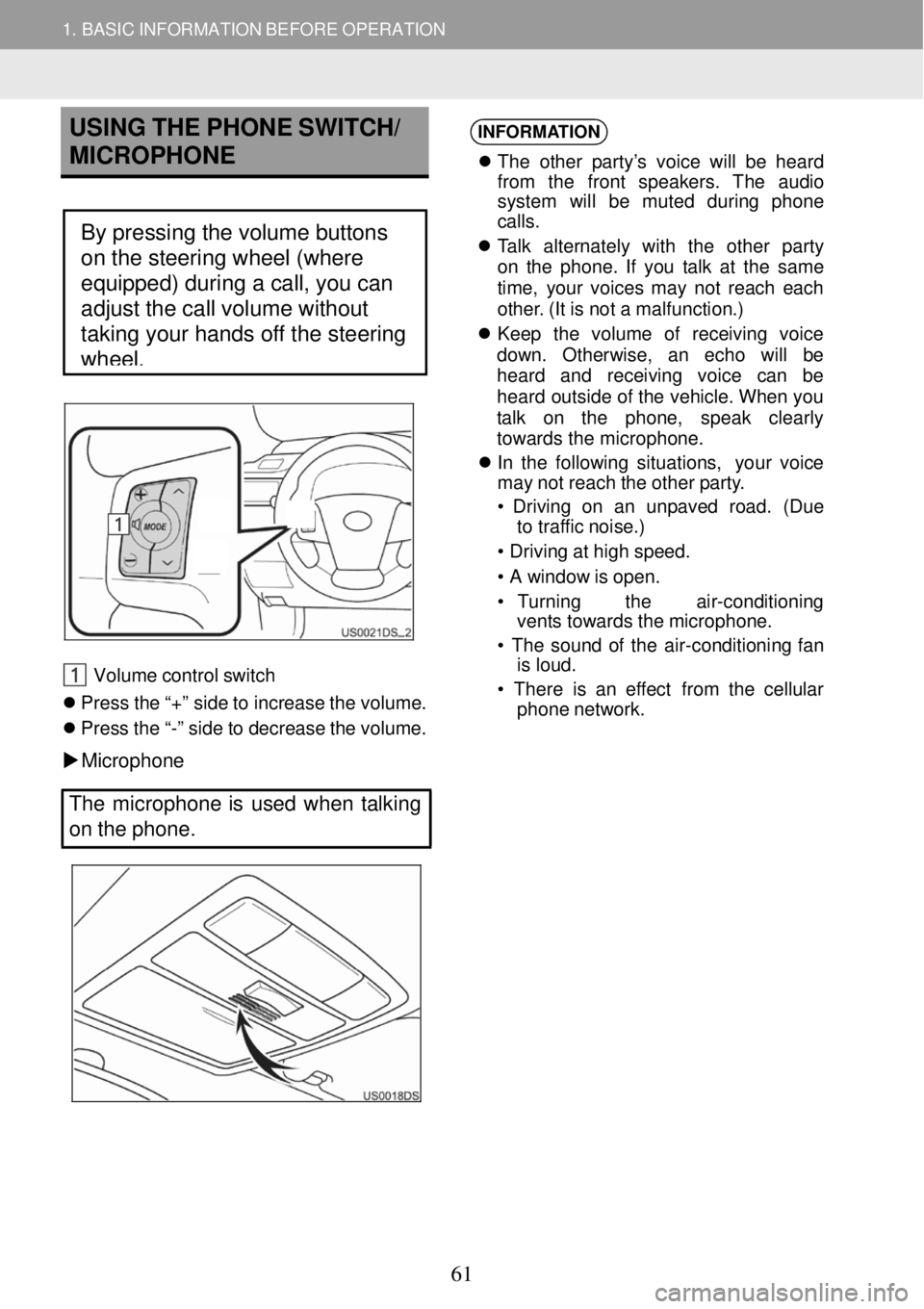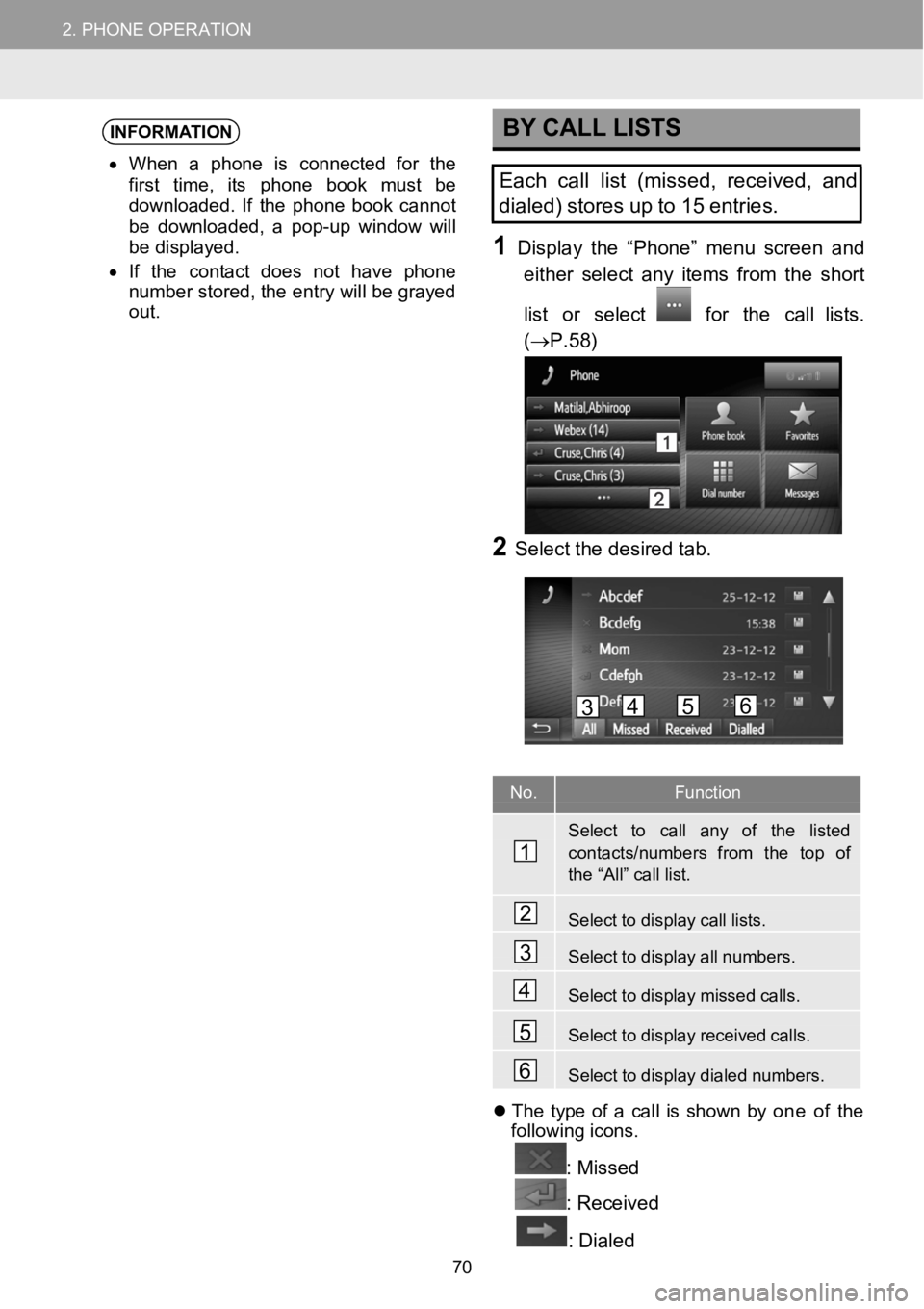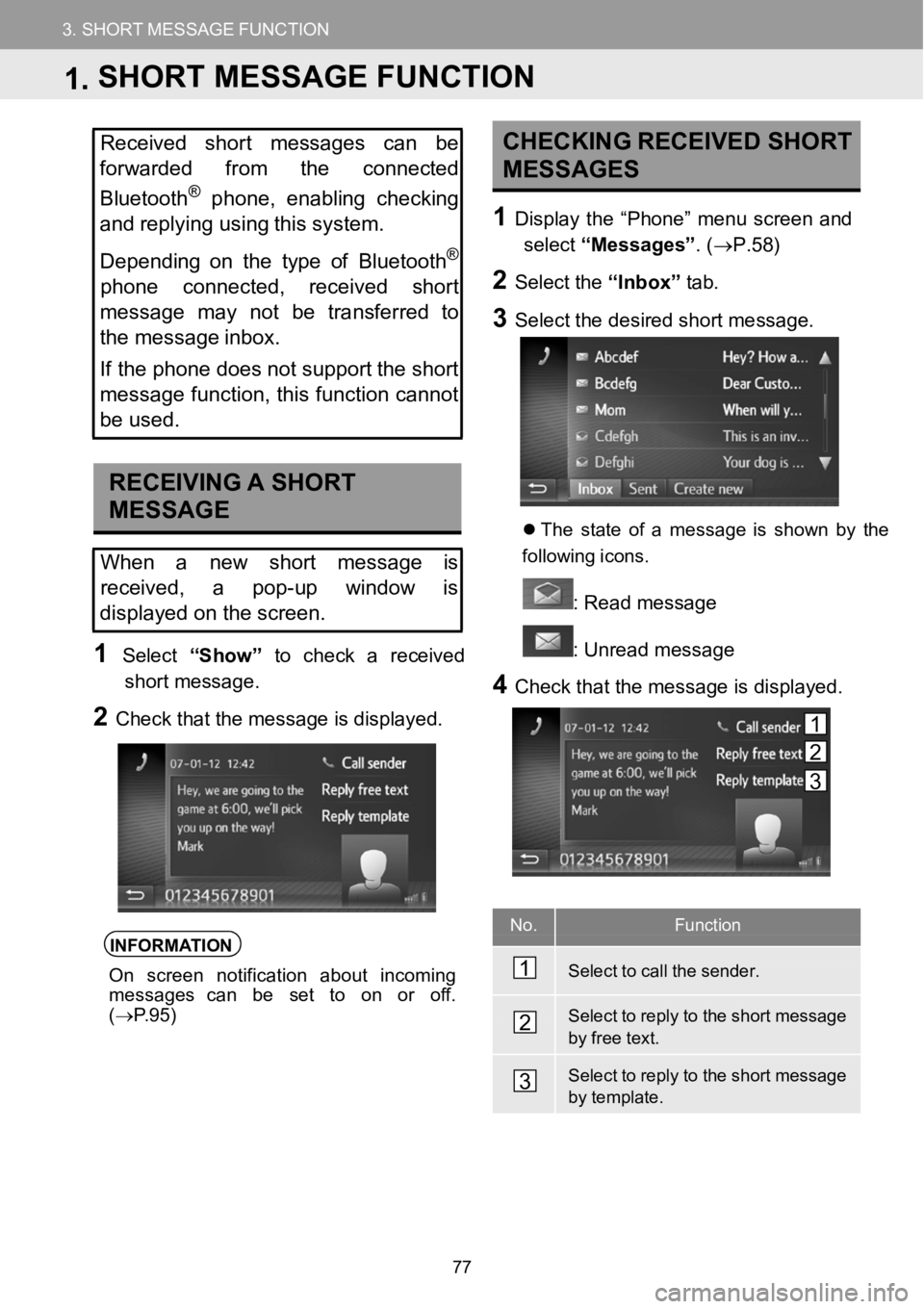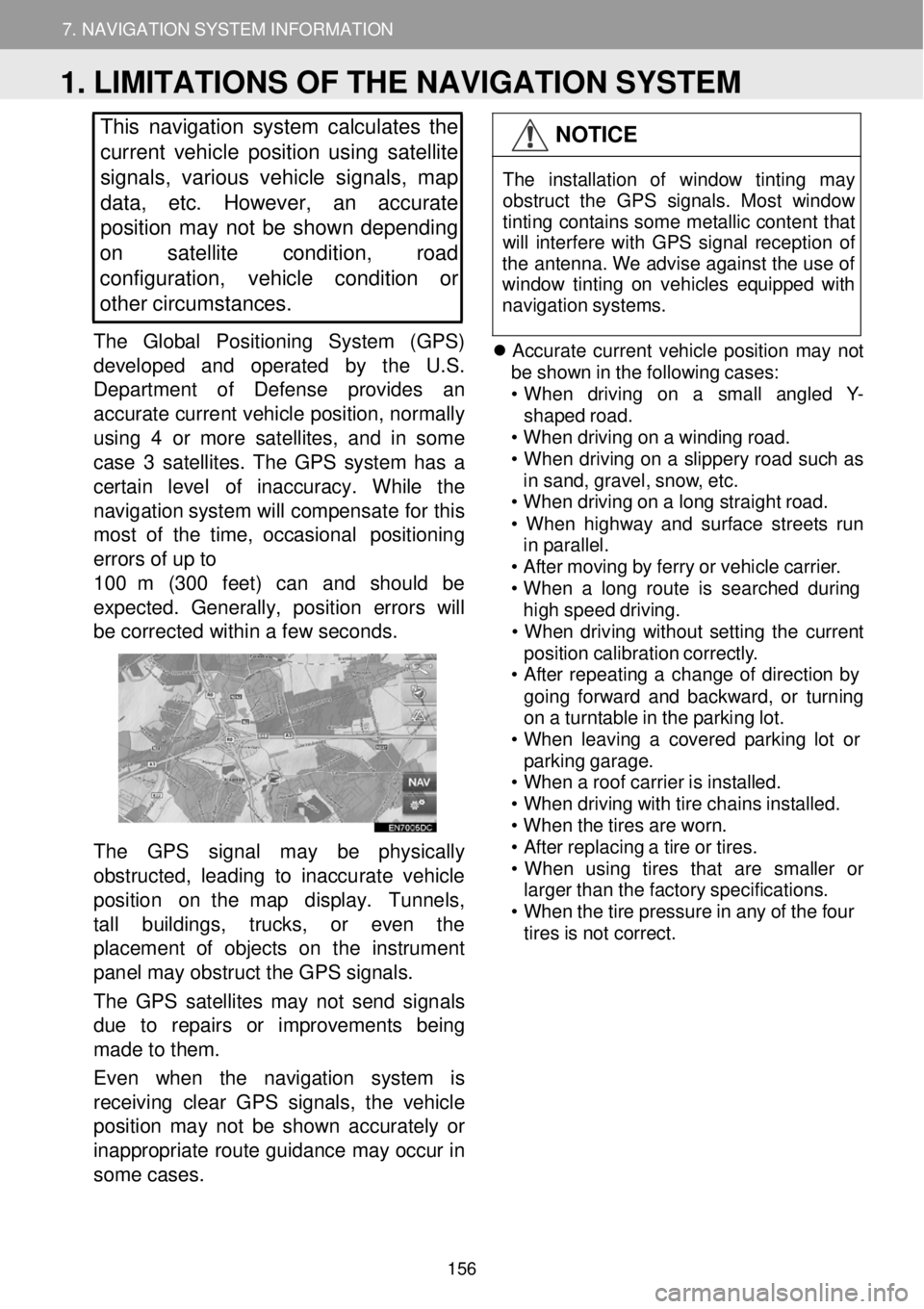window TOYOTA GT86 2018 Accessories, Audio & Navigation (in English)
[x] Cancel search | Manufacturer: TOYOTA, Model Year: 2018, Model line: GT86, Model: TOYOTA GT86 2018Pages: 164, PDF Size: 6.35 MB
Page 61 of 164

1. BASIC INFORMATION BEFORE OPERATION
USING THE PHONE SWITCH/
MICROPHO NE
Steeri ng switch (IF EQUIPPED)
Volum e control sw itch
Pr ess the “+ ” side to i ncrease the vo lume.
Press the “-” side to decrease the volume.
Microph one
INFORMA
TION
Th e othe r par ty’s voice will be h eard
fro m the front speak ers. Th e audio
sys tem will be muted during phon e
c al ls.
Ta lk a lternately with the ot her p arty
on the phone . If you t alk at the same
t im e, yo ur voices may not re ach each
ot her. ( It is not a malfunct ion.)
Kee p the volume o f rece iving voice
down. Otherw ise, an echo will be
h eard and rece iving voice can be
he ard o utside of the vehicle. When you
ta lk on t he phone, speak cl early
towards the micro phone.
In th e f o
l lowing situ ations, your vo ice
ma y not reach the ot her party.
• Dr iving on an unpaved road. (Due
to tra ffic noise.)
• Dr ivi ng a t high speed.
• A window is open.
• Turnin g the air-conditioni ng
vents towards the mi crophone.
• Th e sound of the a ir-conditio ning fan
is loud.
• Ther e is an effect from the cellular
phone n etwork.
The micropho ne is used when talking
on the phone.
By pressing the volume buttons
on the steering wheel (where
equipped) during a call, you can
adjust the call volume without
taking your hands off the steering
wheel.
61
Page 70 of 164

2.PHONEOPERATION2.PHONEOPERATION
INFORMATION
•When a phoneisconnecte d for the
f irst ti me, its phone book must be
d own loaded . Ifthe phone book cannot
be downloaded, a pop-upwindow will
be di splayed.
• If the contact does not have p hone
n umber stored, the entry will be grayed
out .
BY CALL LISTS
Eachcall list (missed, rec eived, and
dialed) stor es upto 15 entries.
1Displ aythe “Phon e” menu scre enand
e ither select any items from theshort
list or select
for the call lists.
( →P. 58)
2Se lect the d esired tab.
No.Function
Select to callany of the listedcontacts/numbe rs from the top ofthe “A ll” call list.
Selecttodisplaycalllists.
Select to display all numbers.
Select to display missed calls.
Se lect to display received calls.
Selecttodisplaydialednumbers.
Th etype of a c allis show n by one of the
fo llow ing icons.
: Missed
: Received
: Dialed
1
2
3
4
5
6
3456
70
Page 77 of 164

3. SHORTMESSAGEFUNCTION
1.SHORTMESSAGEFUNCTION
3.SHORTMESSAGEFUNCTION
No.Function
Select to call the sender.
Select to reply to the shortmessagebyfree text.
Select to reply to the short messagebytemplate.
Received short messages canbe
forwarded from the connected
Bluetooth
®phone, enabling checking
and replying us ing this system.
Depen ding on the type ofBluetooth
®
phone connected, received short
mes sage may not be transferred to
the message inbox.
If the phone does not support the short
message function,this function cannot
be used.
RECEIVING ASHORT
MESSAGE
When anew short message is
re ce ived, a pop-upwindow is
displayed on the screen.
1Select “Show” to check a received
short message.
2Check that themessage is displayed.
INFORMATION
On screen notification about incoming
messages can be set to on or of f.
( → P.95)
CH ECKING RECEIVED SHORT
MESSAGES
1D ispl aythe “Phon e” menuscreen and
select “Messages” . (→P. 58)
2Select the “Inbox”tab.
3Select the d esired short me ssage.
Th e s tate of a message is shown by the
f ol low ing icons.
: Re ad message
: Unre ad message
4Check t hat the message is di splayed.
1
2
3
1.SHORT MESSAGE FUNCTION
1
2
3
77
Page 156 of 164

7. NAVIGATION SYSTEM INFORMATION
1. LIMITATIONS OF THE NAVIGATION SYSTEM
7. NAVIGATION SYSTEM INFORMATION
This navigation system calculates the
cu rrent vehicle position using satellite
s ignals, various vehicle signals, map
data, etc. However, an accurate
positi on may not be shown depending
on satellite condition, road
configuration, vehicle condition or
other circumstances.
The Gl obal Pos iti onin g System (GPS)
deve loped and op erated by the U.S.
Departme nt o f D efense prov ides an
a ccurate current vehicle pos ition, normal ly
using 4 or more sate llites, and in some
case 3 satellites. The GPS system has a
certain level of inaccuracy. While the
navi gation system w ill compe nsate for this
most of th e time, occasion al po sitioning
errors of up to
1 00 m (300 feet) can and shou ld be
ex pe cted. Gen erally, p osit ion errors w ill
b e c orrected w ith in a few seconds.
The GPS signal may be physic ally
ob structed, l ead ing to inaccura te veh icle
posi tion on t he map d isplay. Tunne ls,
ta ll buil dings, trucks, or even the
p lacement of obje cts on the instrume nt
pan el may obstruct the GPS signals.
Th e GPS satel lites may not send sign als
du e to r epairs or improvemen ts be ing
ma de to them.
Even when the navigation system is
rece iving clear GPS si gnals, the v ehicle
po sition ma y not be shown accurately or
i na ppr opri ate route guidance may occur in
som e cases.
NOTICE
The ins tallat ion of wi ndow tint ing may
obstr uct the GPS s ignals . Mos t window
tinting co ntains som e me tallic cont ent that
w ill int erfere with GP S si gnal re ception of
the antenna . We advise agai nst the use of
win dow ti nting on vehicles eq uip ped w ith
n avi gation s ystems.
Accurate current ve hicle position may no t
be sh own in the following cases:
• When drivin g o n a smal l a ngled Y-
shap ed ro ad.
• When driving on a wi nding road.
• When driving on a sli ppery ro ad such as
in sand, gravel , snow, et c.
• When driving on a long s traight ro ad.
• When highway and surf ace streets run
in p arallel.
• After moving by ferry or vehi cle carri er.
• When a long route is searc hed during
hi gh speed drivi ng.
• Whe n driv ing wi thout setting the cu rrent
position ca librat ion co rrectly.
• After re peating a change of di rection by
going for
war d and backward, or t urning
on a turntable in the park ing lo t.
• When leaving a co vered parking lot or
p ark ing garage.
• When a roof carrie r is instal led.
• When driving w ith tir e cha ins i nst alled.
• When the t ires ar e wor n.
• After replacing a tire or t ires.
• Whe n us ing tire s tha t ar e sma lle r or
larg er than the fa ctory sp ecifi catio ns.
• When the tire pressur e in any of the f our
ti res is not corre ct.
1. LIMITATIONS OF THE NAVIGATION SYSTEM
156